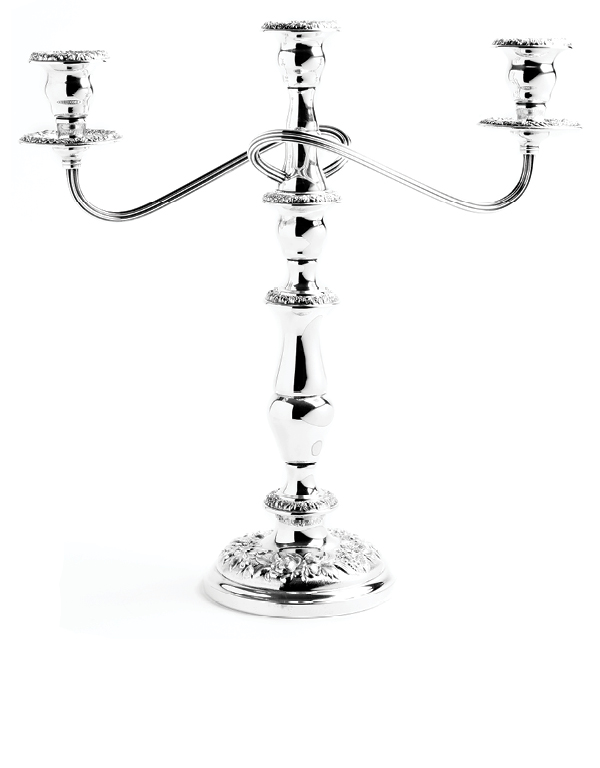
Photograph by Whitney Ott
Though the number of brides registering for sterling flatware is smaller than it was in the past, millennials are finding new ways to utilize silver—mixing patterns and monograms, including it in casual table settings and picnics, and (don’t tell your grandmother) even embracing a little tarnish. Mimi Woodruff, who now runs her mother’s Beverly Bremer Silver Shop, an Atlanta institution celebrating its 40th anniversary this year, is happy to see silver come out of the safety deposit box. “I am on a one-man campaign to encourage people to use it,” says Woodruff. “It adds to your everyday elegance.”
Bremer specializes in estate, or used, silver. Older pieces have more patina and may be heavier, with finer detailing. Even better: The average estate place setting is $229, versus about $880 new.
Polish silver-plated pieces very gently. It’s easy to rub the shallow finish right off.
Buy [based on] what you cook,” says Woodruff. She enjoys soups, so her drawers are full of soup spoons and ladles. And feel free to repurpose utensils: That cute escargot fork works just fine for melon balls.
The 10 most beloved flatware patterns have remained the same for generations. Favorites include Chantilly by Gorham, Repousse by S. Kirk and Son, Old Master by Towle, and Francis I by Reed & Barton.
Yes, you can put sterling flatware in the dishwasher. Rinse after use if you aren’t going to clean it immediately. Keep it separate from stainless steel, and avoid detergents with lemon (it can cause discoloration). Do not use high heat.
Dust encourages tarnish. Spritz a little Windex on a rag and run it over each piece to remove particles, advises Woodruff. Washing is sometimes enough to remove light tarnish.
The friction of your hands through daily use keeps tarnish at bay. For polishing, Woodruff recommends a soft foam or cream rather than a dip or rinse, which can strip off the oxidation that gives a pattern definition.
This article originally appeared in our Winter 2015 issue of Atlanta Magazine’s HOME.













